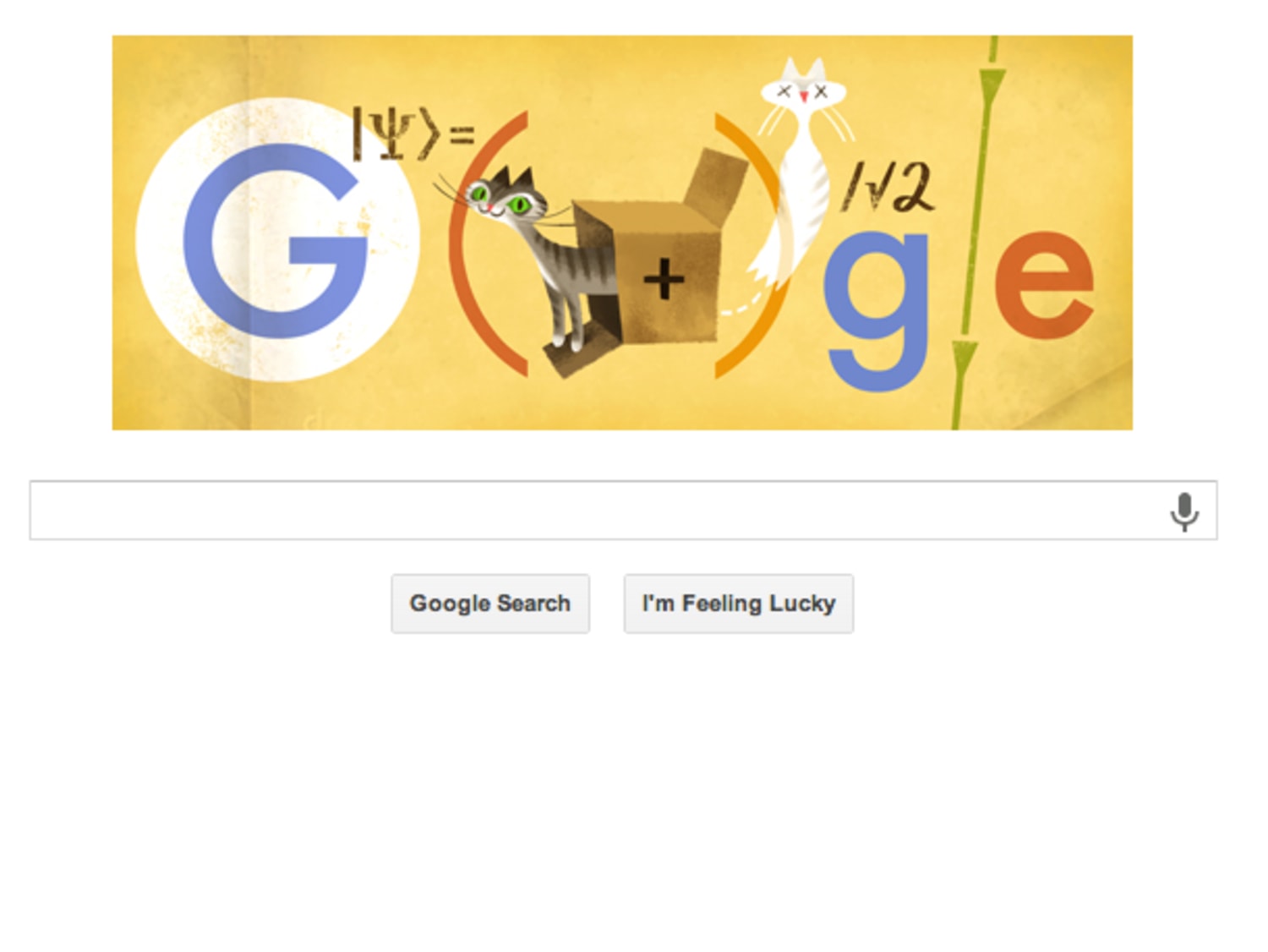

Since that time, there has been ample evidence that wavefunction collapse is not driven by conscious observers alone. Is the state of the cat to be created only when a physicist investigates the situation at some definite time?" Because the existence of a cat that is both dead and alive at the same time is absurd and does not happen in the real world, this thought experiment shows that wavefunction collapses are not just driven by conscious observers.Įinstein saw the same problem with the observer-driven idea and congratulated Schrodinger for his clever illustration, saying, "this interpretation is, however, refuted, most elegantly by your system of radioactive atom + Geiger counter + amplifier + charge of gun powder + cat in a box, in which the psi-function of the system contains the cat both alive and blown to bits. The cat ends up both dead and alive at the same time. If we apply the observer-driven idea to this case, there is no conscious observer present (everything is in a sealed box), so the whole system stays as a combination of the two possibilities. This means that the atom starts in a combined state of "going to decay" and "not going to decay". Now, the decay of the radioactive substance is governed by the laws of quantum mechanics.


When the radioactive substance decays, it triggers a Geiger counter which causes a poison or explosion to be released that kills the cat. In Schrodinger's imaginary experiment, you place a cat in a box with a tiny bit of radioactive substance. Schrodinger found this concept absurd and devised his thought experiment to make plain the absurd yet logical outcome of such claims.

Some scientists at the time that quantum theory was being developed (1930's) drifted from science into the realm of philosophy, and stated that quantum particles only collapse to a single state when viewed by a conscious observer. In quantum theory, quantum particles can exist in a superposition of states at the same time and collapse down to a single state upon interaction with other particles. Unfortunately, many popularizers of science in our day have embraced the absurdity of Schrodinger's Cat and claim that this is how the world really works. Schrodinger constructed his imaginary experiment with the cat to demonstrate that simple misinterpretations of quantum theory can lead to absurd results which do not match the real world. Schrodinger's Cat was simply a teaching tool that Schrodinger used to illustrate how some people were misinterpreting quantum theory. Schrodinger's Cat is not even part of any scientific theory. Philosophically, these positions which emphasize either probability or determined outcomes are called (respectively) positivism and determinism."Schrodinger's Cat" was not a real experiment and therefore did not scientifically prove anything. The idea of a particle existing in a superposition of possible states, while a fact of quantum mechanics, is a concept that does not scale to large systems (like cats), which are not indeterminably probabilistic in nature. The thought experiment serves to illustrate the strangeness of quantum mechanics and the mathematics necessary to describe quantum states. Schrödinger proposed his "cat" after debates with Albert Einstein over the Copenhagen interpretation, which Schrödinger defended, stating in essence that if a scenario existed where a cat could be so isolated from external interference (decoherence), the state of the cat can only be known as a superposition (combination) of possible rest states (eigenstates), because finding out (measuring the state) cannot be done without the observer interfering with the experiment - the measurement system (the observer) is entangled with the experiment.


 0 kommentar(er)
0 kommentar(er)
